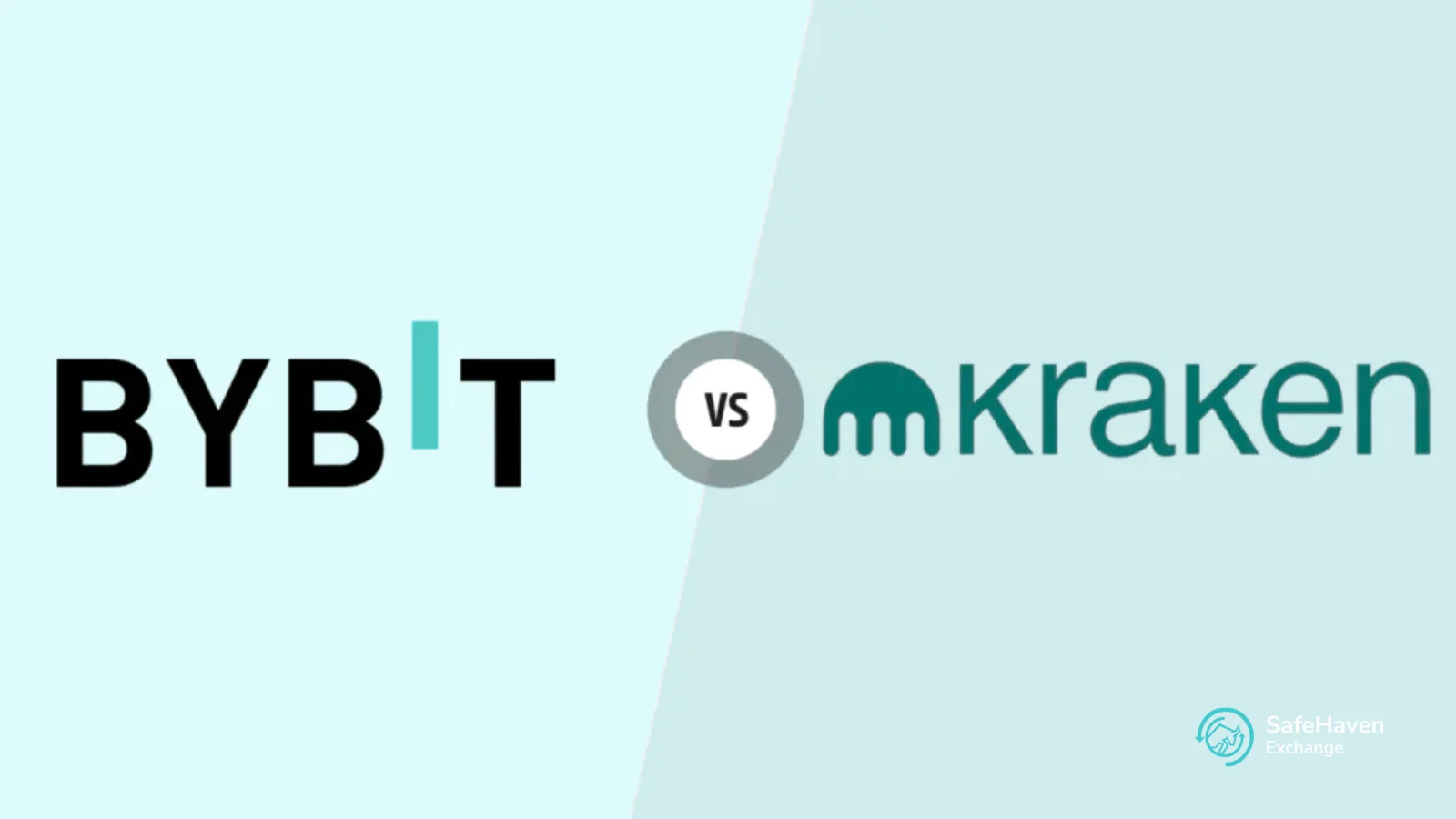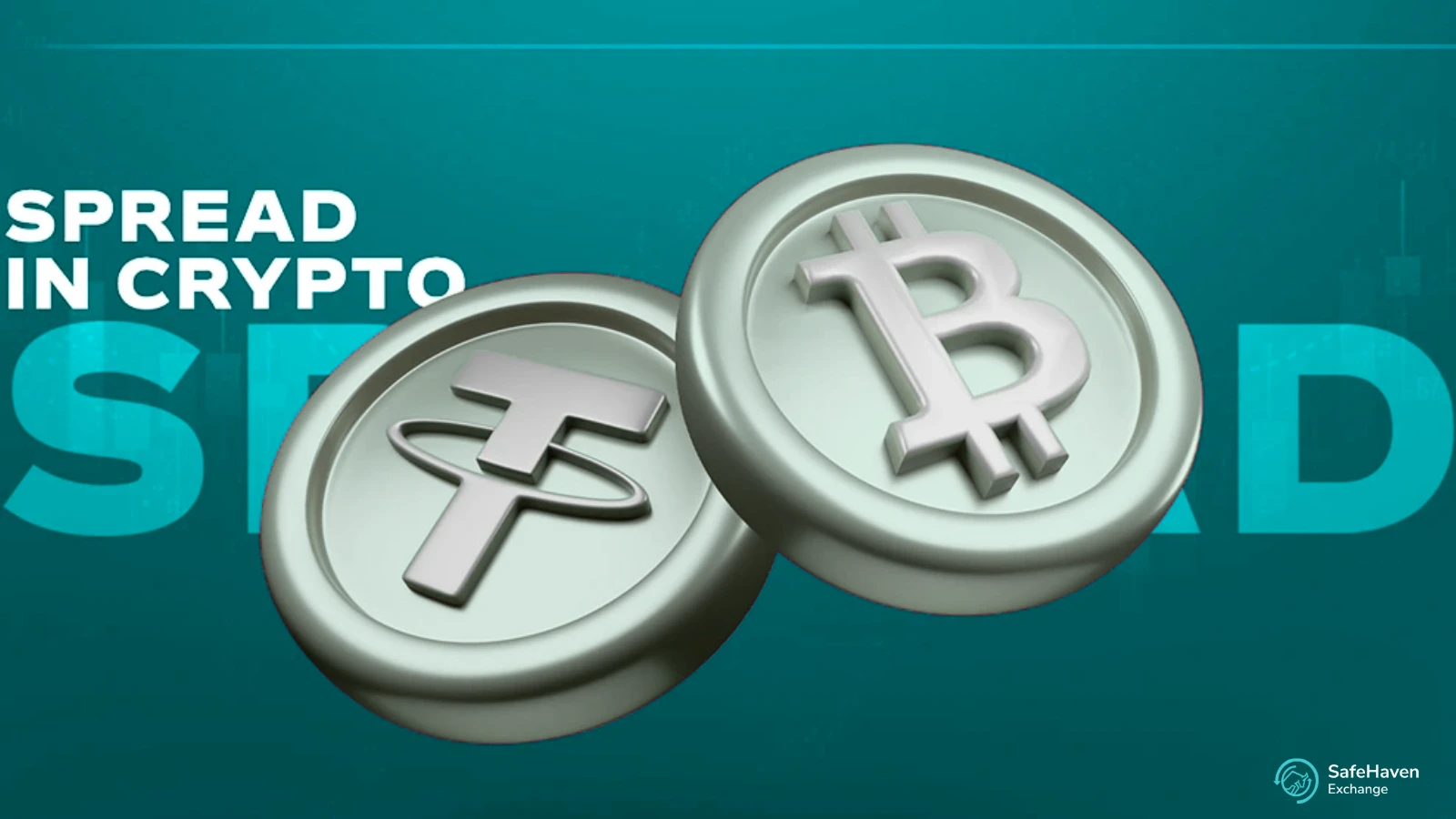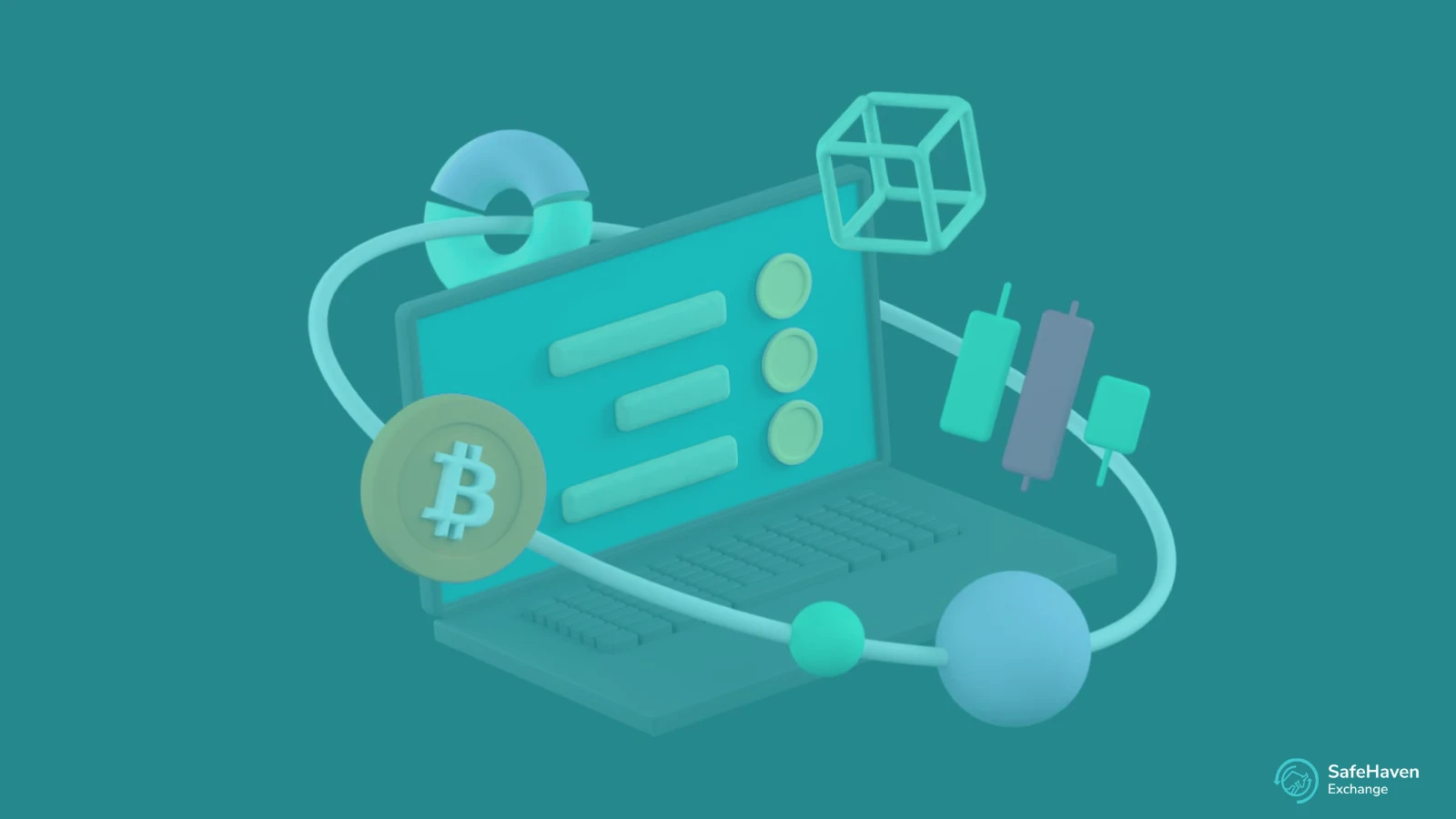TL;DR — Short verdict for busy traders
- If you prioritize ultra-high leverage, derivatives depth, and aggressive fee tiers for derivatives → Bybit is often favored by derivatives-first traders.
- If you prioritize institutional-grade custody, transparency, regulatory footprint, and proven proof-of-reserves audits → Kraken has a long track record and strong transparency practices.
- If you want a professional trading venue that balances competitive fees, low latency execution, strong risk controls, and institutional support — with a product roadmap built for pro traders — consider testing our trading platform (demo/live) — we combine deep liquidity, professional order types, and dedicated support for active traders.
Why this comparison matters for professional traders
Pro traders care about more than marketing pages. They need:
- razor-thin execution latency,
- reliable liquidity (tight spreads, large pools),
- predictable fee schedules,
- advanced risk and margin controls,
- institutional-grade security & transparency, and
- a reliable regulatory/back-office environment for tax, reporting, and custody.
Below we compare Bybit and Kraken across these axes, then provide a market analysis and a practical recommendation for pro traders — including how our trading platform complements those needs.
Quick feature comparison (at-a-glance table)
| Feature / Metric | Bybit | Kraken | What it means for pros |
|---|---|---|---|
| Typical spot maker/taker base fees | Spot ~0.1% / 0.1% (derivatives maker 0.02% taker 0.055% typical non-VIP). | Maker/taker fees scale with 30-day volume (spot maker up to 0.00%–0.25%, taker 0.08%–0.40%). Good volume discounts. | Fee predictability + volume tiers matter for HFT / market makers. |
| Max leverage (futures/perps) | Very high on selected products — Bybit markets advertise high leverage (Smart Leverage / up to 200× on select contracts historically; product limits vary by pair & region). | Futures / derivatives up to 50×; Kraken Pro margin up to ~10× on selected assets (perps often capped at 10–50× depending on product/region). | Higher leverage = higher profit potential and risk. Choose carefully for risk management. |
| Derivatives depth | Very deep (large perpetual & futures book, many altcoin perps). Bybit ranks top by derivatives volume. | Strong derivatives offering (Kraken Perps, Kraken Futures) but generally less ultra-high-leverage product range vs Bybit. | If you trade exotic perps/options/large altcoin set, Bybit may hold more product variety. |
| Liquidity & volumes | High spot & derivatives volumes (top exchanges by 24h volumes). | Substantial institutional volume; Kraken is a top regulated exchange with meaningful daily volumes. | Higher volumes reduce slippage on large orders. |
| Security & transparency | Strong security engineering, but suffered a high-profile cold-wallet exploit in 2025 (major heist) — industry raised concerns about supply-chain/custody dependencies. | Long track record, quarterly Proof-of-Reserves and overcollateralized ratios reported; strong custodian practices. | Custody and PoR practices matter if you leave large balances on exchange. |
| Regulation & compliance | Global presence, varying regulatory posture by jurisdiction; aggressive product offerings sometimes constrained regionally. | More overt regulatory posture (US presence, institutional compliance tools). Good for institutions. | |
| APIs, FIX & Algo support | Robust API, institutional tools & advanced order types, low-latency endpoints for algo trading. | FIX/API support with low-latency endpoints and institutional features for execution algos. | |
| Fiat rails & banking | Wide fiat support (depends on region), multiple on-ramps. | Wide fiat support including USD, EUR, GBP, and bank integrations — good for institutional fiat flows. | |
| Customer support & SLAs | Good — but support experiences vary with load & region. | Strong institutional support packages & enterprise SLAs. | For desk-level execution support, institutional SLAs matter. |
Deep dive: Fees & cost of trading
Costs can kill a trading strategy. Pros must evaluate:
- maker/taker fees,
- funding & funding rate mechanics (for perpetuals),
- withdrawal costs, and
- hidden costs (latency-induced slippage).
Bybit: For derivatives, Bybit’s standard non-VIP maker/taker structure commonly cited in 2025 is around maker 0.02% / taker 0.055% for many perpetuals; spot rules differ (spot often ~0.1%). VIP tiers and token-holder rebates can drop these further.
Kraken: Uses a 30-day volume-based maker/taker schedule across spot and futures; institutional clients with very high volume unlock ultra-low rates (makers approaching 0.00% and takers down to ~0.08% or lower at very high volumes). Kraken’s schedule is predictable and favors sustained high-volume traders.
What this means for pros: If your strategy depends on extremely frequent market-making or high-turnover derivatives trading, both exchanges offer paths to low fees — calculate expected monthly volume and run a fee model. Exchange fee headlines don’t reflect slippage — test in live orderbooks or via our platform’s simulated execution to model real costs.
Deep dive: Leverage, risk controls & margining
Leverage availability is a double-edged sword: higher leverage can magnify returns but also liquidation risk.
- Bybit: Historically marketed very high leverage on selected contracts (claims of up to 200× on certain products such as “Smart Leverage” / selected perpetuals), though effective caps vary by pair, region and product risk management. If you trade highly capital-efficient strategies (scalping with tight stops), Bybit’s higher leverage options are attractive — but require robust risk controls.
- Kraken: Offers derivatives with leverage up to 50× on its derivatives platform, while Kraken Pro margin offerings often cap leverage at lower multiples (e.g., 5–10× on many margin pairs). Kraken emphasizes predictable, capped risk and built-in stop/loss protections across its perps product.
Pro tip: High leverage increases funding cost sensitivity. Always backtest liquidations and funding rate churn for strategies that hold positions across funding windows. Our platform provides a funding-cost simulator and per-pair risk metrics so you can forecast the real P&L effect of leverage.
Security & transparency — the non-negotiable for funds you leave on-exchange
Security is not just tech — it’s supply-chain, procedures, audits, and a culture of defense.
- Bybit incident (2025): In February–March 2025, Bybit experienced a major cold-wallet exploit that resulted in the theft of substantial ETH assets; the incident prompted industry-wide discussion about supply-chain risks (compromised third-party multisig infrastructure), and highlighted how even well-engineered custody can be undermined by vendor compromises. This event significantly shifted institutional risk calculations around leaving large balances on certain exchanges.
- Kraken’s Proof of Reserves: Kraken has published multiple Proof-of-Reserves (PoR) audits (quarterly cadence in 2025) and has reported over-100% reserve ratios for key assets in recent audits — a transparency metric many institutions now require before custodying client funds on an exchange. Kraken’s approach is frequently cited as an industry standard for transparency.
What should pros do?
- Minimize on-exchange balances. Use exchanges for execution and hedging only; keep core assets in institutional custody or self-custody.
- Prefer exchanges with recent, verified PoR and clear incident response. Public PoR and a history of fast, coherent incident remediation matter.
- Understand the attack surface. Supply-chain and third-party multisig providers are risk vectors — ask exchanges about vendor security and remediation controls.
Our trading platform segregates custody from execution (you can use our execution engine + API while choosing your preferred custodian), and provides institutional custody integrations and an auditor-ready reporting suite — so pro desks can execute without unnecessarily centralizing assets on a single exchange.
Liquidity, spreads & execution quality
Execution matters more than nominal fees for large orders.
- Bybit ranks among the top exchanges by derivatives volume and typically posts deep orderbooks on top crypto perps and major altcoins — advantageous for large directional or hedging trades.
- Kraken has strong institutional liquidity, especially in fiat-to-crypto pairs and in high-quality BTC/ETH orderbooks in regions where Kraken is well-established. Kraken’s emphasis on institutional buyers/sellers results in deep limit books for key pairs.
How to measure execution quality: examine real-time spread, depth at N× order size, latencies on REST and websocket fills, and slippage for market vs algo orders. Run your own algos in a paper environment (or demo) to model slippage before committing sizable capital.
Our platform offers execution-quality analytics (realized slippage, VWAP vs expected) and a simulator for institutional-sized orders so you can quantify execution cost before routing live.
APIs, algos, and programmatic trading
Pro traders expect robust APIs, FIX support, and low-latency websockets.
- Bybit provides advanced API surfaces for derivatives, options and copy-trading, with institution-level endpoints and market data feeds.
- Kraken offers FIX, REST, and websocket endpoints engineered for low-latency execution and sequencing guarantees for institutional use (Kraken’s FIX API is commonly used by prop desks).
Considerations for pros:
- Order types (hidden, iceberg, TWAP/VWAP algos)
- Rate limits & burst capacity for your algos
- Time-in-force options and how funding/mark-price is computed (affects risk).
Our trading platform exposes FIX + REST + websocket with high throughput, and includes built-in TWAP/VWAP algos and an order simulator so you can test throughput before go-live.
Regulation, fiat on-ramp, and institutional services
Kraken’s regulatory posture and fiat rails (USD/EUR/GBP rails) make it attractive for institutions needing compliant fiat flows. Bybit is more derivatives-first and varies regionally on fiat services.
If your desk requires custody accounting, wire settlement, and audited reporting — Kraken’s institutional services and public financial reporting make reconciliation and compliance easier.
Our platform supports institutional KYC, fiat settlement partners, and enterprise reporting exports for audit/tax — useful for prop shops and family offices.
Market analysis — current 2025 dynamics (what pros should watch)
(Short market snapshot to ground strategic choices; sources from exchange reports & research pages.)
- Derivatives & perpetuals remain dominant for professional liquidity. Perpetual futures continue to be the highest-volume segment for many exchanges; exchanges with rich derivatives stacks (and deep funding markets) attract professional flow.
- Transparency & PoR are required for institutional adoption. Since 2023–2025, institutional counterparties demand verified Proof-of-Reserves and quarterly financial disclosures before routing client flows or custodying assets. Kraken’s quarterly PoR cadence increases trust.
- Supply-chain security is now central to custody risk. The Bybit cold-wallet exploit in early 2025 showed that vendor compromises can cascade — exchanges and institutions must vet third-party wallet systems and enforce zero-trust controls.
- Fee competition and volume incentives shape where algos route. Exchanges offering maker rebates, VIP tiers, or token-holder rebates still attract high frequency and market-making activity. Kraken’s volume tiers reward consistent high-volume traders, while Bybit’s derivative rebates and VIP structures reward derivatives liquidity.
Practical trader profiles — who should choose which exchange?
(Help your desk match strategy to venue.)
- Market makers & ultra-high-frequency derivatives desks
- Likely pick: Bybit (deep derivatives liquidity, ultra-high leverage options on selected contracts).
- Why: Very competitive maker fees for perps and extensive altcoin derivatives markets. Test on a realistic simulator before scaling.
- Institutional desks, custodial portfolios, and OTC desks
- Likely pick: Kraken (strong PoR, institutional services, fiat rails).
- Why: Proven audits, regulatory posture, and tailored institutional products.
- Hedging & macro funds
- Mixed: Use both — Kraken for fiat hedging and custody; Bybit for specific derivatives if you need certain exotic perps or leverage. Always size positions to the exchange’s proven risk model.
- Retail professional traders & prop traders
- Either depending on strategy — measure real execution cost (fees + slippage) with live small-scale tests.
Recommendation: Avoid placing long-term idle capital on any single exchange. Use exchanges for execution and short-term hedges; rely on institutional custody or self-custody for long-term holdings.
How our trading platform helps pro traders (concrete value)
You asked for content to drive traders to use our trading platform. Here’s how to position it persuasively to pros:
- Unified execution-routing: route orders across multiple venues (including Bybit, Kraken and liquidity pools) to minimize slippage and secure best execution.
- Professional APIs & low latency: FIX + websocket stacks, co-located instances on our cloud nodes, and order simulators to test strategies before live deployment.
- Execution analytics: per-order realized slippage, VWAP vs expected, and automatic reporting for compliance.
- Flexible custody model: execute via our engine while using your preferred custodian (Kraken-style PoR custodians supported) — reduces counterparty exposure.
- Institutional support: dedicated desk, SLA guarantees for API throughput, and white-glove onboarding for algo desks.
- Transparent fee model: predictable institutional fees + rebate programs tailored to volume — run a fee simulation with us.
If you’re courting pro traders, offer demo accounts with historical backtests and a free execution-cost audit: let the numbers sell the platform.
Migration & coexistence playbook (how to transition/trade across exchanges)
- Onboard in stages: start with small execution sizes; monitor slippage and fills for several days.
- Use our sandbox: test your algos on historical orderbook replays or our paper trading environment before scaling.
- Split custody & execution: keep settlement assets in custody while routing execution through our engine to reduce custodial exposure.
- Leverage smart order routing (SOR): we offer SOR that fragments large orders across venues to minimize market impact.
- Implement risk caps: set per-exchange exposure limits, especially where leverage differs (e.g., Bybit high leverage).
Checklist: What a professional trader must validate before committing capital
- Fee schedule at your expected monthly volume (net of rebates).
- Realized execution cost (market impact + slippage + funding).
- Custody & PoR status; third-party custody vetting.
- API rate limits and latency under your order rate.
- Legal & compliance fit for your jurisdiction (KYC, reporting).
- Incident response & insurance/coverage policy.
Final recommendation (actionable)
- If you’re a derivatives-first pro desk that needs extensive perpetuals and ultra-high leverage: test Bybit’s liquidity for your largest pairs — but do it with small scale first and avoid leaving long-term capital on exchange; confirm vendor & custody controls post-2025 incident.
- If you’re an institutional desk prioritizing custody & regulatory hygiene: use Kraken for custody/fiat and institutional services — route execution where liquidity is best per pair.
- If you want best-of-both with professional support, risk controls, and execution analytics: try our trading platform for a trial. We provide cross-venue routing (so you can use Bybit/Kraken liquidity), execution analytics, a custody-agnostic flow, and institutional SLAs. Sign up for a demo and we’ll run a tailored execution-cost comparison for your strategies.
Appendix — Selected sources & suggested experiments
Sources used in this analysis (helpful for due diligence):
- Bybit fee & product docs (Bybit Help Center & announcements).
- Kraken fee schedule & Proof of Reserves posts (Kraken official pages & blog).
- Reporting on the February 2025 Bybit cold-wallet exploit and follow-up technical analysis.
- Exchange volume and market rankings (CoinMarketCap, CoinGecko).
Experiments to run this week (high ROI):
- Fee modelling: calculate monthly fees given your expected volume on Bybit & Kraken — include maker/taker mixes and funding costs. (We can run this model for you.)
- Execution test: run identical limit and market orders on target pairs (BTC/USDT, ETH/USDT, top altcoin) across Bybit, Kraken and our platform for 48 hours; compare slippage & fills.
- Security due diligence: request PoR snapshots from custodians you’ll use and confirm third-party vendor attestations (especially multisig providers).
Closing — a pragmatic invitation
The bybit vs kraken debate is not just about raw features — it’s about matching the exchange to your strategy, risk appetite, and institutional needs. Both Bybit and Kraken are top-tier venues for pros, but they serve slightly different priorities: Bybit tilts derivatives/depth; Kraken tilts custody/transparency.








